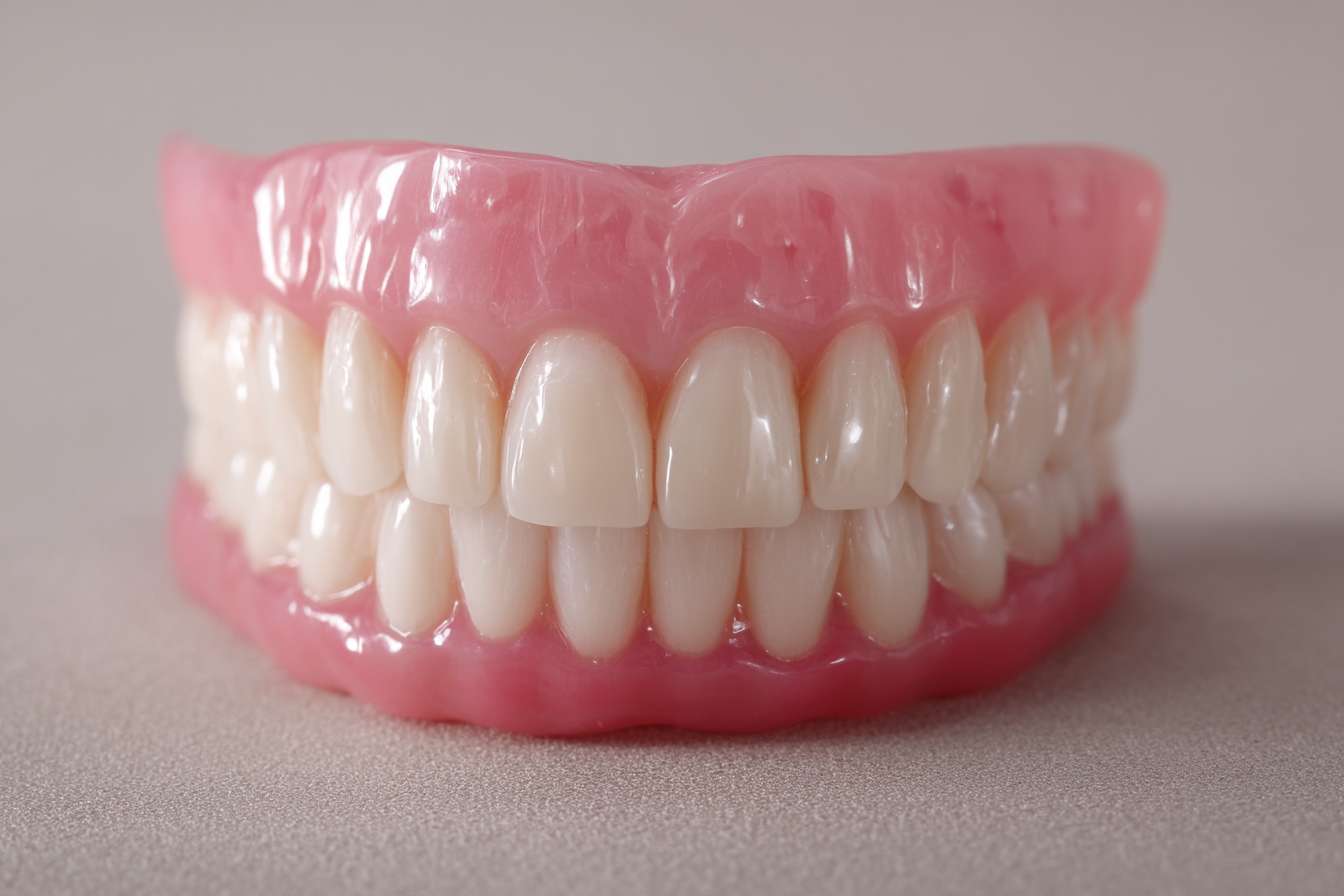Dental Implants: Complete Guide to Rebuilding Smiles
Discover how dental implants provide a durable, natural-looking solution for missing teeth. This guide explains what implants are, who makes a good candidate, the step-by-step treatment process, typical costs, and how to care for them. Learn about titanium implants, osseointegration, financing and insurance options, and tips to keep your new teeth lasting for years. Ideal for anyone considering tooth replacement and seeking clear, practical information.

What are dental implants and why choose them?
Dental implants are artificial tooth roots, most often crafted from titanium, that are surgically embedded into the jawbone to anchor replacement teeth. Unlike removable dentures or traditional bridges, implants become part of the jaw through a natural bonding process called osseointegration, creating a stable foundation that looks, feels, and functions much like a natural tooth. For many patients, implants restore chewing ability, improve speech, and enhance facial structure by helping prevent the bone loss that commonly follows tooth loss.
Key advantages of dental implants
- Long-term stability and durability: Once integrated with the bone, implants stay fixed and do not shift or need adhesives like dentures can.
- Natural appearance and function: Crowns attached to implants are custom-made to match surrounding teeth, enabling normal eating and smiling.
- Bone preservation: Implants stimulate the jawbone and reduce the bone resorption that occurs when a tooth is missing.
- Low maintenance: Daily care routines are very similar to natural teeth; no special soaking or adhesives are required.
- Cost-effectiveness over time: While the initial investment can be higher, implants often prove economical due to their longevity and low replacement rate.
Who is a suitable candidate for implants?
Many adults are good candidates for implant therapy, but several conditions improve the likelihood of success. Ideal candidates typically have:
- Healthy gum tissue free of active periodontal disease
- Sufficient jawbone volume and density to support an implant or willingness to undergo bone grafting if needed
- Overall good health, since healing may be affected by uncontrolled systemic conditions
- Commitment to excellent oral hygiene and regular dental follow-ups
Age alone is not usually a barrier; implants are rarely placed in children or adolescents whose jaws are still growing. Smoking can negatively affect healing and increase the risk of implant failure, so patients who smoke are often encouraged to quit before treatment. A comprehensive dental and medical evaluation will help your provider determine whether implants are appropriate for you.
What does the implant treatment process look like?
The implant journey generally unfolds in several stages over a period of months, though timing varies by case:
- Initial consultation and treatment planning: X-rays, 3D imaging when needed, and a review of medical history inform a tailored plan.
- Implant placement surgery: Under local anesthesia (and sedation if requested), the implant body is placed into the jawbone.
- Healing and osseointegration: Over several weeks to months the bone grows around the implant, securing it in place.
- Abutment connection: After sufficient healing, an abutment is attached to the implant to support the prosthetic tooth.
- Final restoration: A custom crown, bridge, or denture is affixed to the abutment, completing the restoration.
In some situations, bone grafting or sinus lifts may be performed before or during implant placement to build adequate support. Certain clinics also offer immediate-load options where a temporary tooth is placed on the same day, but these are case-dependent and not always recommended.
How much do dental implants cost?
Costs vary by geographic region, the number of implants needed, the complexity of the case, and the materials used. Typical price ranges (USD) are:
- Single implant (implant, abutment, crown): $3,000 to $6,000
- All-on-4 full-arch restoration: $15,000 to $30,000 per arch
- Full mouth implants: $20,000 to $50,000 and up, depending on the chosen prosthesis and number of implants
While implants often have a higher upfront cost than dentures or bridges, their durability and lower long-term maintenance can make them a financially sound option. Many insurance plans may cover portions of the procedure when medically necessary, and most dental offices provide financing or payment plans to help spread costs. Always confirm current fees with your provider and check your insurance policy for coverage details.
Caring for your dental implants
Maintaining implants mirrors the care you give natural teeth: consistent, thorough hygiene and routine dental visits are essential. Recommended practices include:
- Brushing at least twice daily with a soft-bristled toothbrush
- Flossing daily; your dentist may suggest specific floss or interdental brushes for implants
- Using an antimicrobial mouth rinse if advised
- Avoiding tobacco and limiting foods and habits that can stain or stress restorations
- Scheduling regular professional cleanings and examinations so your dentist can monitor implant health
With diligent care and periodic professional assessment, implants can function for many years or a lifetime.
Final considerations and medical disclaimer
Dental implants have improved the quality of life for many people by restoring function, aesthetics, and confidence. However, every patient’s situation is unique. Success depends on factors such as oral health, bone quality, systemic conditions, and lifestyle. This article provides general information and should not replace personalized medical or dental advice. Consult a qualified dentist or oral surgeon to discuss whether dental implants are the right solution for your tooth replacement needs.






